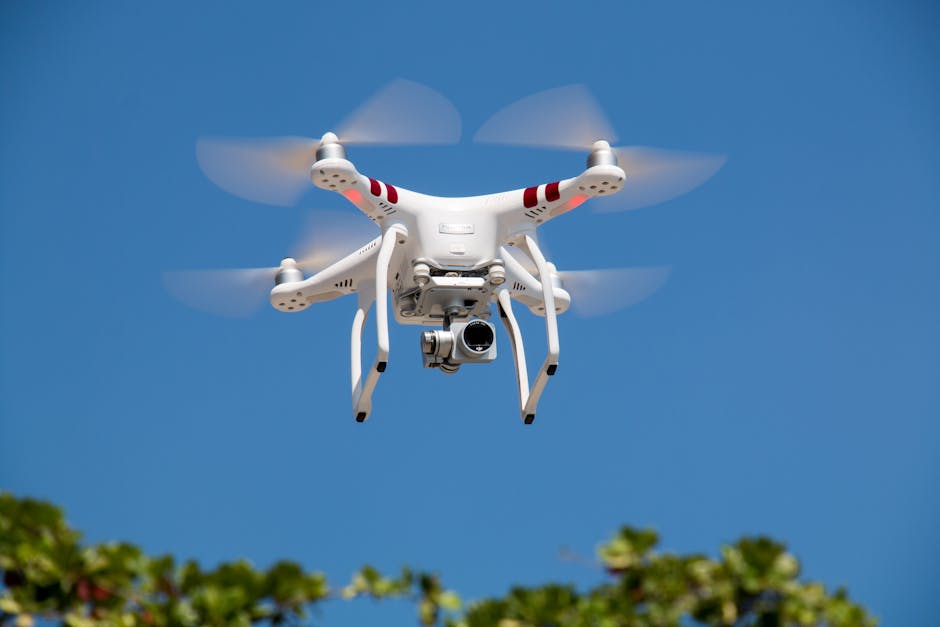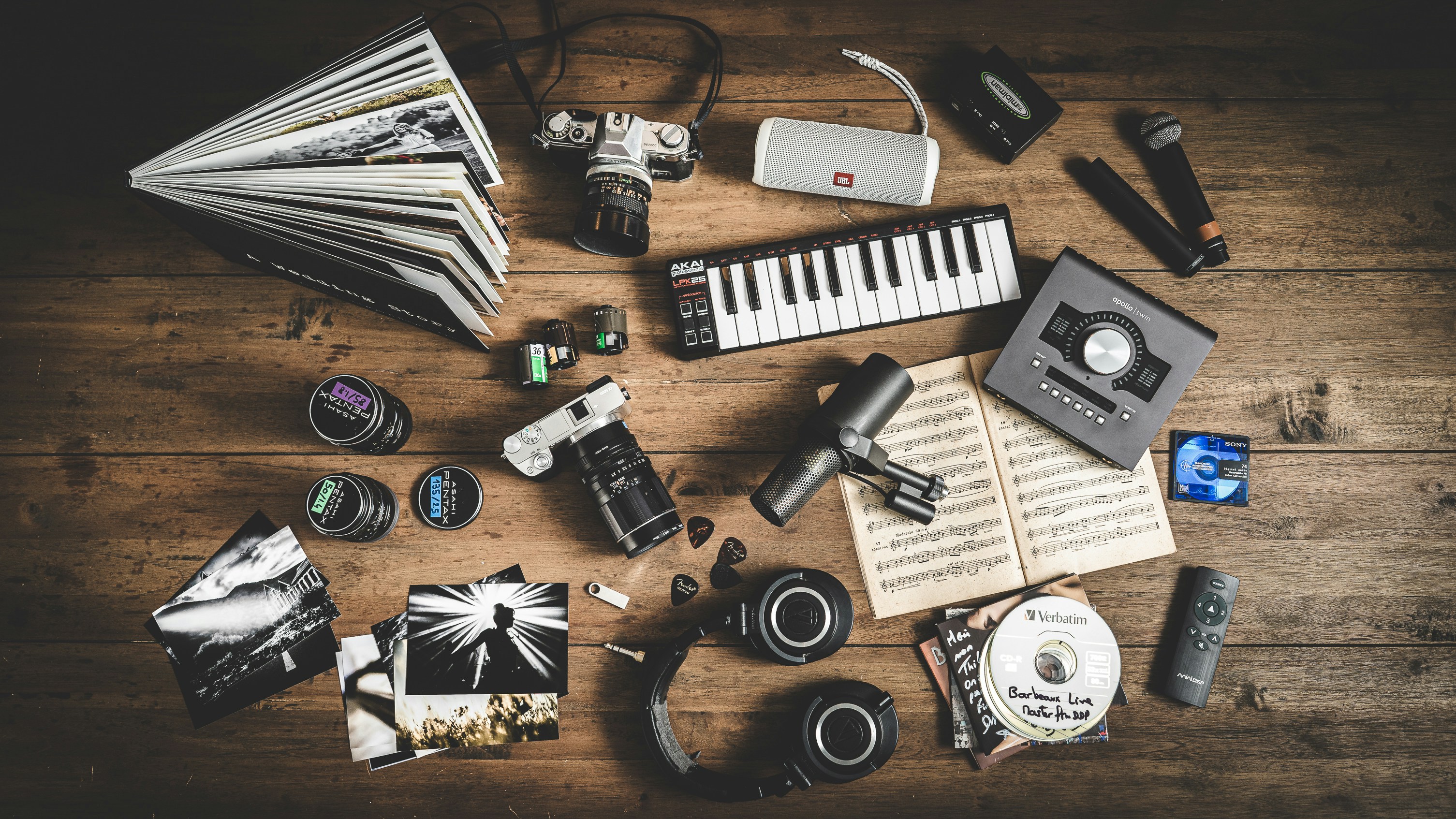Capture Nature's Essence: Biomimicry Tips for Stunning Photography
In the enchanting world of photography, nature serves as an endless source of inspiration, offering profound insights into composition, lighting, and subject matter. By embracing principles of biomimicry, photographers can harness nature’s brilliance to create aesthetically powerful images that tell compelling stories. This article delves into various biomimicry techniques, exploring how observing the natural world can elevate your photography. Along the way, we’ll look at specialized gear that can support these creative endeavors and hear from photographers who are successfully integrating these innovative approaches into their art.
Understanding Biomimicry in Photography

Biomimicry is the practice of learning from and drawing inspiration from nature's models, systems, and elements to solve human challenges. In photography, this entails observing patterns, textures, and color combinations found in the natural world and using them consciously to enhance your compositions. For photographers looking to generate fascinating images, the first step is to foster a deeper connection with the environment around us.
Consider this a call to adventure: Step outside, observe your surroundings, and open your eyes to the myriad design solutions lying in nature. From the symmetry of a leaf's veins to the play of light on water, each element can inspire a unique shot or a powerful storytelling technique.
Techniques for Nature-Inspired Composition

Observe and Adapt: The Patterns of Nature

One of the most captivating aspects of nature is the inherent patterns that recur across the living world, known as fractals. Fractals reflect infinite complexity and have a way of catching the viewer's eye. Photographers can take advantage of this by composing images that echo these natural designs, like photographing branching structures such as trees or rivers.
The Fibonacci sequence, another prominent pattern in nature, can also enhance your compositions. Arranging elements in accordance with this sequence can lead to more visually appealing images. For example, if you're photographing flowers, consider positioning the main subject according to these spirals to draw the viewer's gaze.
Light Play: Inspired by Natural Phenomena

Natural light offers an array of possibilities for photographers, and understanding how different light interacts with various surfaces can elevate your work. Observe the quality and angle of light throughout the day. The golden hour—shortly after sunrise or before sunset—offers soft, diffused lighting that can bring depth to photos.
Utilizing backlighting, a technique that turns the light source behind your subject, can create ethereal effects reminiscent of how light filters through leaves in a forest. Don’t forget to experiment with shadows, which can introduce drama and contrast to your compositions, much like how animals use concealment to their advantage in the wild.
Subject Selection: Mimicking Nature’s Stories

Your subject can be seen as a narrative waiting to unfold, akin to how components of an ecosystem interrelate. Instead of focusing solely on a straightforward subject, try telling a broader story by including elements of the environment that complement each other. A butterfly resting on a flower or a deer standing amidst tall grasses illustrates the connection and balances the visual story beautifully.
Nature has already provided countless stories waiting to be captured, so immerse yourself in wildlife photography. Observe your subjects’ behavior, movements, and interactions with their surroundings. This approach can lead to unpredictable and eye-catching shots that resonate with viewers.
Innovative Gear for Nature Photography

Camera Gear Reviews: Essential Tools for Capturing Nature

To make the most of your nature-inspired photography, having the right gear can be crucial. Here’s an overview of specialized equipment that can assist in bringing your vision to life:
-
Nature-Specific Lenses: Macro lenses are indispensable for capturing intricate details in flora and fauna. They enable photographers to photograph minute textures and patterns that often go unnoticed. Look for lenses with a wide aperture to get a beautifully blurred background, allowing your subject to stand out.
-
Tripods and Stabilizers: A sturdy tripod can help capture sharp, long-exposure images, especially in low-light conditions such as dawn or dusk. Consider tripods with flexibility, like mini tripods or gorilla pods, which are fantastic for uneven terrain.
-
Filters for Atmosphere: Polarizing filters can enhance the colors and textures of natural scenes, significantly improving landscape photography by reducing glare from water and enhancing the sky’s contrast.
-
Protective Gear: Nature can be unpredictable. Investing in high-quality weather-sealed camera bodies and lenses, or using protective covers, ensures your equipment remains safe while shooting in diverse conditions.
Expert Insights: Nature-Inspired Photographers

Hearing from seasoned photographers can inspire you to adopt innovative practices in your work. Let’s explore insights from those who successfully integrate biomimicry into their photographic journeys.
Interviewed Photographer: Sarah Greene
Sarah has gained acclaim for her stunning wildlife photography that showcases the natural beauty of animal interactions. She shares a key perspective: "When you shoot with intention, and you let the environment guide your compositions, the storytelling becomes crucial. Each image becomes not just a picture but a narrative."
Her approach is steeped in biomimicry, focusing on capturing the symbiotic relationships in nature, allowing her to highlight interactions that many overlook. Each photograph invites the viewer to ponder their own place in the ecosystem.
Another photographer, James Acker, emphasizes the importance of patience when waiting for that perfect shot. "Nature has its rhythm," he says. "It’s about blending into the environment and allowing scenes to unfold before you." James suggests immersing oneself in various locations for extended periods, seeing how light and life evolve, capturing each moment’s uniqueness.
Elevating Your Photography: Practical Tips
Engage with Your Surroundings
Prevent a mechanical routine by allowing your immediate environment to captivate your vision. Instead of rushing to set up a shot, take a few moments to exist within your setting. Perhaps you might discover the perfect angle or a spontaneous subject you hadn’t initially envisioned.
Engaging with nature can also be meditative—yielding not just beautiful photographs but a deeper appreciation of your surroundings as well. Try incorporating mindfulness practices as you observe and interact with the natural world.
Experiment with Techniques
To truly unleash the power of biomimicry in your photography, step out of your comfort zone. Challenge yourself to capture images that reflect various principles found in nature—be it developing symmetry, playing with light, or discovering narratives within your subject matter.
Don’t hesitate to combine techniques you’ve learned from your nature observations. For instance, consider shooting a macro image of a bee on a flower, and simultaneously capture the spectrum of colors and patterns surrounding it.
Emphasize Storytelling Through Composition
Every photographer possesses a unique voice; let yours resonate through the stories you tell. The concept of storytelling in photography can be enriched through biomimetic observations—whether you're exploring urban environments or untamed landscapes.
Utilize storytelling techniques that integrate the principles of biology into your work. Show the full spectrum of existence from the smallest organisms, emphasizing their role in the ecosystem, thus creating discussions around conservation and awareness.
Final Thoughts
Incorporating biomimicry into your photography offers an exciting journey through which you can express creativity while highlighting the wondrous connections within nature. Through observation and adaptation of natural patterns and dynamics, not only will you enhance the aesthetic quality of your images, but you’ll cultivate a profound respect for the environment.
Explore your surroundings for inspiration, adapt innovative techniques, and don’t shy away from experimenting creatively with gear designed for your vision. By engaging with nature’s artistic blueprint, you’ll elevate your work and perhaps even inspire others to see the world through a similar lens.
As you embark on this adventure, remember that each shot is a chance to become a versatile visual storyteller who captures the beauty, drama, and intricacies of our natural world.



